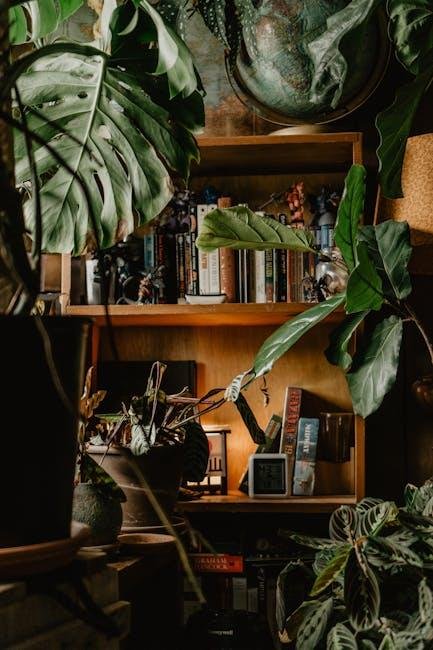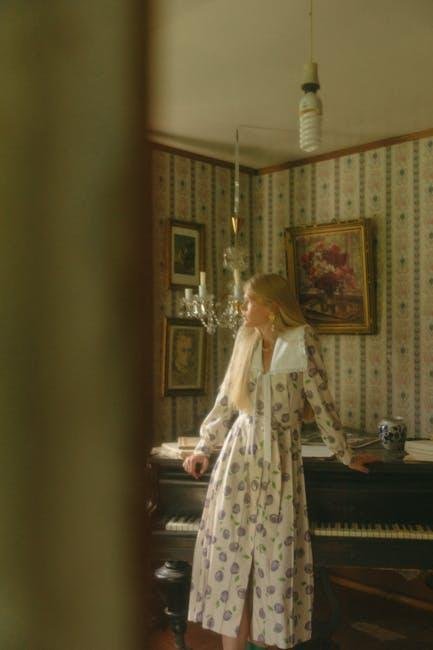When it comes to enhancing the beauty of classic wood, the decision often boils down to two popular choices: paint and stain. each option holds its own unique charm and offers distinct benefits, inviting homeowners, artisans, and interior designers alike to weigh their preferences carefully. Paint, with its vibrant hues and uniform coverage, can transform the appearance of wood, while stain embraces the natural grain, accentuating the wood’s inherent character. This article delves into the age-old debate of paint versus stain, exploring the advantages and disadvantages of each, helping you determine which method best honors the artistry of classic wood in yoru home. Weather you’re reviving treasured antique furniture or contemplating a fresh look for timeless wooden floors, join us as we unravel the layers of choice between these two enduring finishes.
Exploring the Aesthetic Appeal of Paint and Stain on Classic Wood
When it comes to elevating the visual charm of classic wood, both paint and stain offer distinct yet alluring possibilities. Stains seep into the wood grain, enhancing its natural textures and patterns while providing a rich, organic finish. This approach emphasizes the character of the wood,allowing it to tell its own story through variations in colour and hue. With a range of shades from deep espresso to warm honey, stains can transform a plain piece into a breathtaking focal point. Conversely, paints provide an entirely different aesthetic, offering a smooth and uniform appearance. The vibrant colors available allow for an infusion of personality, and the crisp finish can modernize even the most traditional wood pieces, serving as a bold statement in any interior design scheme.
Choosing between these two options ultimately depends on the desired aesthetic effect and the characteristics of the wood in question. To help clarify the decision-making process, consider the following factors:
- Wood Type: Some woods, like oak, may shine better under stain, showcasing their intricate grain.
- Durability: Paint is typically more resistant to wear and tear, making it suitable for high-traffic areas.
- Maintenance: Stain often requires less upkeep, as it doesn’t peel like paint might over time.
For a more direct comparison, the table below highlights some key attributes of each option:
| feature | Stain | Paint |
|---|---|---|
| Finish Type | Natural, translucent | Opaque, colorful |
| Application | Easier to apply, fewer coats | More layers required for coverage |
| longevity | Fading over time | May peel or chip |

Understanding Durability and Maintenance Differences between Paint and Stain
When it comes to durability, paint offers a robust shield over wood surfaces, forming a hard, protective layer resistant to UV rays, moisture, and other environmental factors. This makes it an excellent option for areas exposed to harsh weather conditions. Though, this durability comes with a price; paint can chip and peel over time, notably if the underlying wood expands and contracts with changing temperatures. Regular maintenance is crucial, frequently enough requiring scraping and repainting every few years to maintain both aesthetics and protection. On the other hand, stain penetrates the wood rather than sitting atop it, offering protection from within. While stains may not provide the same level of environmental barrier as paint, they do allow the natural beauty of the wood to shine through and can be re-applied more easily as they weather away without the peeling issues that paint experiences.
In terms of maintenance, the requirements for each finish differ substantially. The following list outlines some key maintenance aspects of both options:
- Paint: Requires periodic scraping and repainting to maintain integrity.
- Stain: Generally requires less frequent applications as it fades over time rather than peeling.
- Paint: Surface preparation is essential for a durable finish.
- Stain: Can be applied easily without extensive prep if conditions allow.
when considering a choice between paint and stain, it’s essential to weigh their strengths in relation to your specific project needs. The following table summarizes crucial features and maintenance requirements for both finishes:
| Feature | Paint | Stain |
|---|---|---|
| Durability | High, but prone to chipping | Moderate, penetrates wood |
| Maintenance Frequency | Every 4-7 years | Every 2-3 years |
| Application Difficulty | Requires careful prep | Easy, less prep needed |
| Visual Effect | Opaquely hides wood grain | Enhances natural wood grain |

Evaluating Cost-effectiveness and Application Techniques for Wood Finishes
When it comes to maintaining the beauty of classic wood, selecting the appropriate finish involves a careful cost-benefit analysis. Paint typically has a higher upfront cost due to the need for priming and multiple coats, but provides a robust and protective layer against the elements. In contrast,stains are often less expensive and penetrate the wood,enhancing its natural grain while offering a degree of protection. Here’s a brief comparison of factors affecting cost-effectiveness:
- Durability: paint tends to have a longer lifespan, needing less frequent reapplication.
- Maintenance: Stains require more consistent upkeep, as they can fade over time.
- Preparation: paint requires more extensive surface preparation, while stains are usually simpler to apply.
In discussing application techniques, its crucial to highlight that the method of application can significantly influence the finish’s effectiveness and appearance. For paint, using a high-quality brush or sprayer ensures an even coat; it’s essential to follow the manufacturer’s instructions regarding dry times and additional coats. Conversely, when applying stains, techniques like wiping, brushing, or spraying can yield different results, so experimentation might potentially be necessary. Consider the following in your approach:
| Finish Type | Application Technique | Recommended Tools |
|---|---|---|
| Paint | Brush, roller, Sprayer | Synthetic or Natural Brushes |
| Stain | wipe, Brush, Spray | Clean Rags, foam brush |

Choosing the right Finish for Your Wood’s Natural Beauty and Functionality
When deciding how to enhance the natural beauty of wood, the choice between paint and stain is more than just a matter of color; it directly impacts the wood’s functionality and longevity. Stains work by penetrating the wood grains, allowing the texture and patterns to show through while adding hues that complement the natural look. This approach preserves the organic feel of the wood while offering protection from moisture and UV damage. With a wide range of tints available, from transparent to semi-transparent, stains can highlight the unique characteristics of each piece, making them an excellent choice for furniture and cabinetry that you want to remain visually appealing over time.
on the other hand, paints provide a protective barrier that entirely obscures the wood’s grain and texture, offering a smoother, more uniform appearance. They are ideal for those looking for vibrant colors or a specific aesthetic that doesn’t require showcasing the wood’s natural patterns. While paint can effectively shield wood from elements and physical wear, it may require more maintenance, as chips and scratches can become more noticeable. When contemplating your choice, consider the intended use of the piece, the aesthetic you desire, and the level of maintenance you are willing to commit to over the years.
In Retrospect
In the grand tapestry of home design, the choice between paint and stain is one thread that can weave a narrative of elegance or warmth. Each option offers its own palette of possibilities, enriching the character of classic wood and allowing you to express your personal style. Whether you embrace the bold, vibrant hues of paint or the natural allure of stain, the choice ultimately hinges on your vision for your space. As you stand at the crossroads of creativity,remember that both paths are valid,each lighting the way to a unique narrative in your home. what matters most is that your choice illuminates the beauty of the wood and resonates with your aesthetic. So go forth, and let your walls and furnishings tell their stories—be it in color or grain, the journey of transforming classic wood awaits you.




